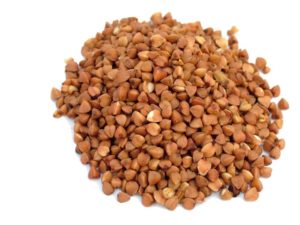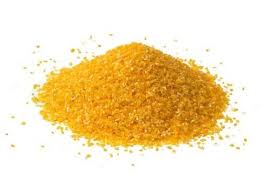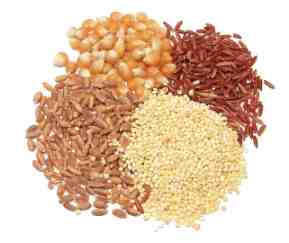As a clinical nutritionist, I’ve seen a lot of confusion about what’s gluten-free and what isn’t. If you are new to a gluten-free diet, the words ‘gluten’ or “buckwheat” on a label can mean you’ll avoid it. But do you need to?
These actually contain NO gluten:
Buckwheat. Despite its name, there is no wheat, and no gluten, in buckwheat. For this reason I prefer to call  this grain by its Eastern European name. ‘Kasha’, is toasted buckwheat. It is delicious in cabbage rolls, and its flour makes nice muffins and pancakes.
this grain by its Eastern European name. ‘Kasha’, is toasted buckwheat. It is delicious in cabbage rolls, and its flour makes nice muffins and pancakes.
Then there is the confusion that we can blame on the grain processors and food industry. For decades, long before gluten-free diets and Celiac became a household term, the food industry used the word ‘gluten’ to indicate high protein content. That’s because gluten is essentially a combination of proteins, with a gluey property that lends well to baking.
Corn gluten. It turns out that corn protein, when isolated from the starchy portions has a sticky property, and that’s why food industry calls it ‘corn gluten’. However, corn gluten is used more in agriculture and lawn care because it acts as a natural herbicide, preventing germination of weed seeds–so the chances of it ending up in your meal are low.
 Glutinous rice. Also known as “sticky rice”, this is a popular variety of rice grown in Southeast Asia. Like its name suggests, this kind of rice naturally possesses an adherent quality, yet no gluten is present nor added. It’s most commonly used in Thai and Vietnamese cooking.
Glutinous rice. Also known as “sticky rice”, this is a popular variety of rice grown in Southeast Asia. Like its name suggests, this kind of rice naturally possesses an adherent quality, yet no gluten is present nor added. It’s most commonly used in Thai and Vietnamese cooking.
So whether you’re gluten-allergic or intolerant, rest assured these three suspicious-sounding starches are gluten-free.
